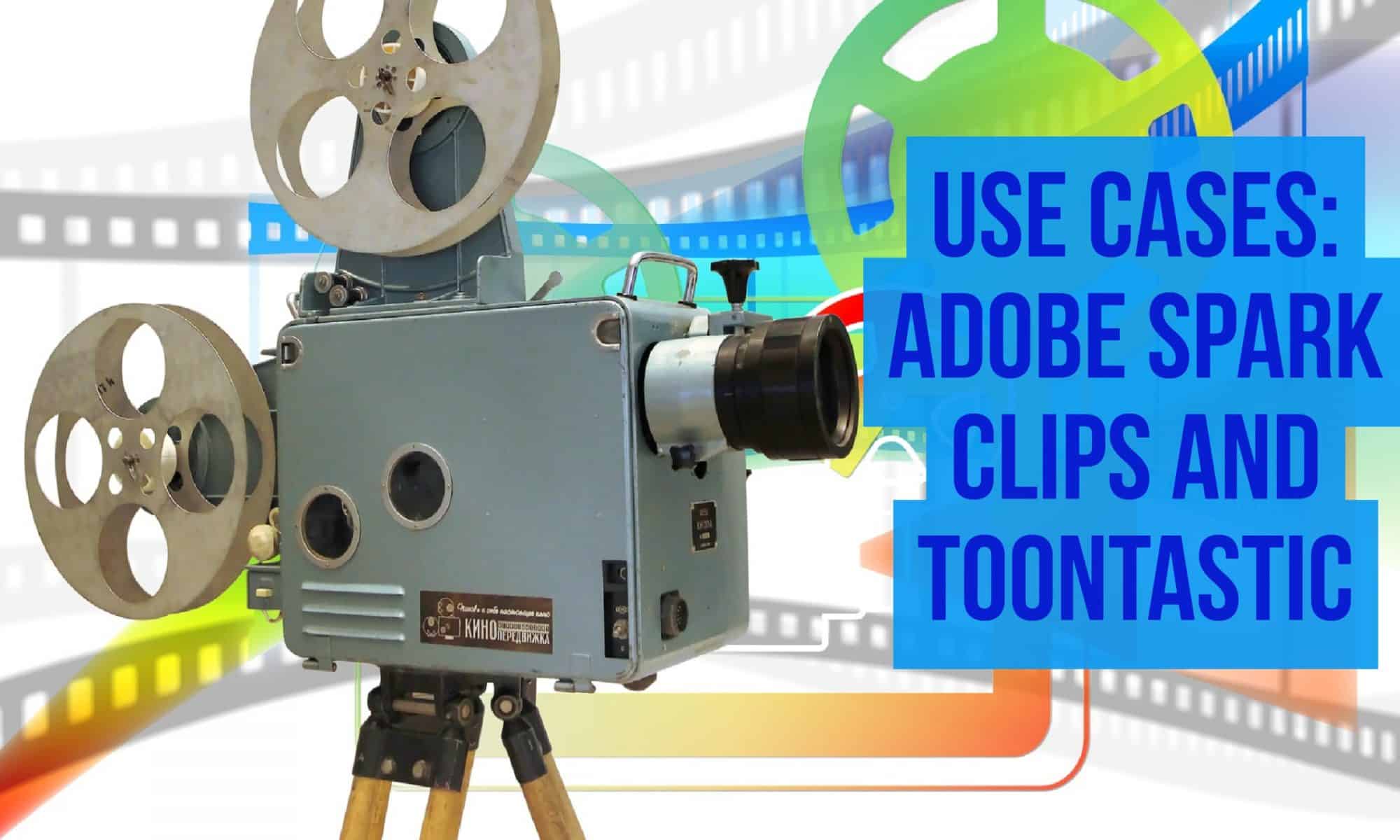After thoroughly using and reviewing three popular video apps, it became clear that not one of these apps offers a one-size-fits-all solution to video creation in the classroom. Between Clips, Toontastic, and Adobe Spark, each app offers variability in terms of capabilities, simplicity, and functionality. So how can a teacher ever know which app to use for a given project? It may take a few prep-periods to download, test, and determine which app serves your specific purpose. But fear no longer, this concise review will help you choose between these three unique video apps more quickly.
First, let’s look at Clips. Clips is best used to create short, customized videos with spontaneous content developed while using the app. In class, Clips may be used to share short classroom updates and reviews, share fun reactions to class content, and even easily transcribe videos with a speech-to-text function. On the down side, Clips only works on Apple devices with iOS 11 or higher. If your classroom has access to these devices, be sure to use Clips to create fun, short videos with content made in class.
Next we will review Toontastic. Toontastic offers a more structured approach to content creation in the classroom. This app would best fit into an English or Science curriculum where specific story arcs and scientific procedures are important. Student will certainly have to prepare a script prior to recording content for Toontastic. Toontastic is available on the Google Play and Apple App stores, but does not have a desktop client. If you have any tablets in your English or Science class, use this app to give students a structure to express their creative storytelling skills.
Our final app review focuses on Adobe Spark Video. My favorite use of Adobe Spark Video is to create short introduction videos with content that is already online. This could be useful to offer a summary or introduction to a new unit, in allowing students to introduce themselves and their interests, or to support any presentation on a popular topic. The best parts about Adobe Spark Video include its ease of use, the ability to import content from across the web, and the ability to use this software on almost any device. The downside is the lack of creative ability and structure available within the service. Next time you want to make a quick video that focuses on an already well-documented subject – Adobe Spark Video is the platform for you.
What other creative ways can you use each of these services?
Have you used any other video apps that you either liked or disliked?
What role do you see video playing in the classrooms of tomorrow?
Thank for reading and I look forward to hearing your thoughts,
Nick


Very professional styling as app review. Nice touch inviting user feedback. You could moonlight for MacWorld